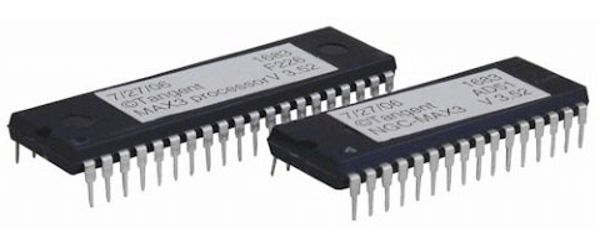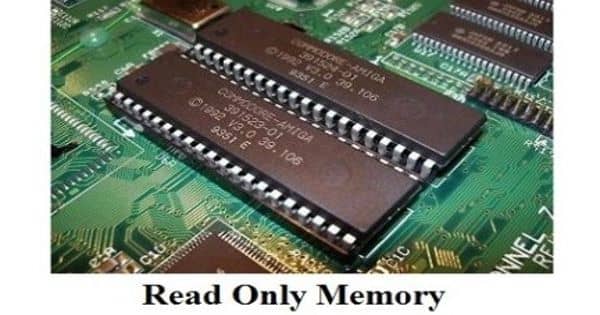Read-only memory (ROM) is a type of storage medium that permanently stores data on personal computers (PCs) and other electronic devices. ROM is a type of non-volatile memory used in computers and other electronic devices. In a typical computer system, ROM is located on the motherboard. Data stored in ROM cannot be electronically modified after the manufacture of the memory device. The conventional hard drive is an example of mechanical non-volatile memory, and solid-state technology represents electrical non-volatile memory.
ROM is a type of non-volatile memory used in computers and other electronic devices. ROM devices are used for the storage of data that does not require modification, hence the name ‘read-only memory’.
It contains the basic instructions for what needs to happen when a computer is powered on. This is typically referred to as the firmware of a computer. Read-only memory is useful for storing software that is rarely changed during the life of the system, also known as firmware. The firmware represents the basic code to get the computer started. Software applications (like video games) for programmable devices can be distributed as plug-in cartridges containing ROM. On most modern computers, the read-only memory is located on a BIOS chip, shown on the left. The BIOS chip is normally plugged into the motherboard.

Types of Read Only Memory (ROM) –
- PROM (Programmable read-only memory) – It can be programmed by a user. Once programmed, the data and instructions in it cannot be changed.
- EPROM (Erasable Programmable read-only memory) – It can be reprogrammed. To erase data from it, expose it to ultraviolet light.
- EEPROM (Electrically erasable programmable read-only memory) – The data can be erased by applying an electric field, with no need for ultraviolet light.
The advantages of ROM are as follows −
- Non-volatile in nature
- Cannot be accidentally changed
- Cheaper than RAMs
- Easy to test
- More reliable than RAMs
- Static and do not require refreshing
- Contents are always known and can be verified
Read-only memory strictly refers to memory that is hard-wired, such as a diode matrix or a mask ROM integrated circuit (IC), which cannot be electronically changed after manufacture. ROM chips are not only used in the computer but also in other electronic items like a washing machine and microwave ovens. Although discrete circuits can be altered in principle, through the addition of bodge wires and/or the removal or replacement of components, ICs cannot. The use of ROM to store such small amounts of data has disappeared almost completely in modern general-purpose computers.
Data stored in ROM can only be modified slowly, with difficulty, or not at all, so it is mainly used to distribute firmware (software that is very closely tied to specific hardware, and unlikely to need frequent updates). Correction of errors, or updates to the software, require new devices to be manufactured and to replace the installed device. ROM is also useful for binary storage of cryptographic data, as it makes them difficult to replace, which may be desirable in order to enhance information security.
Information Source:
















